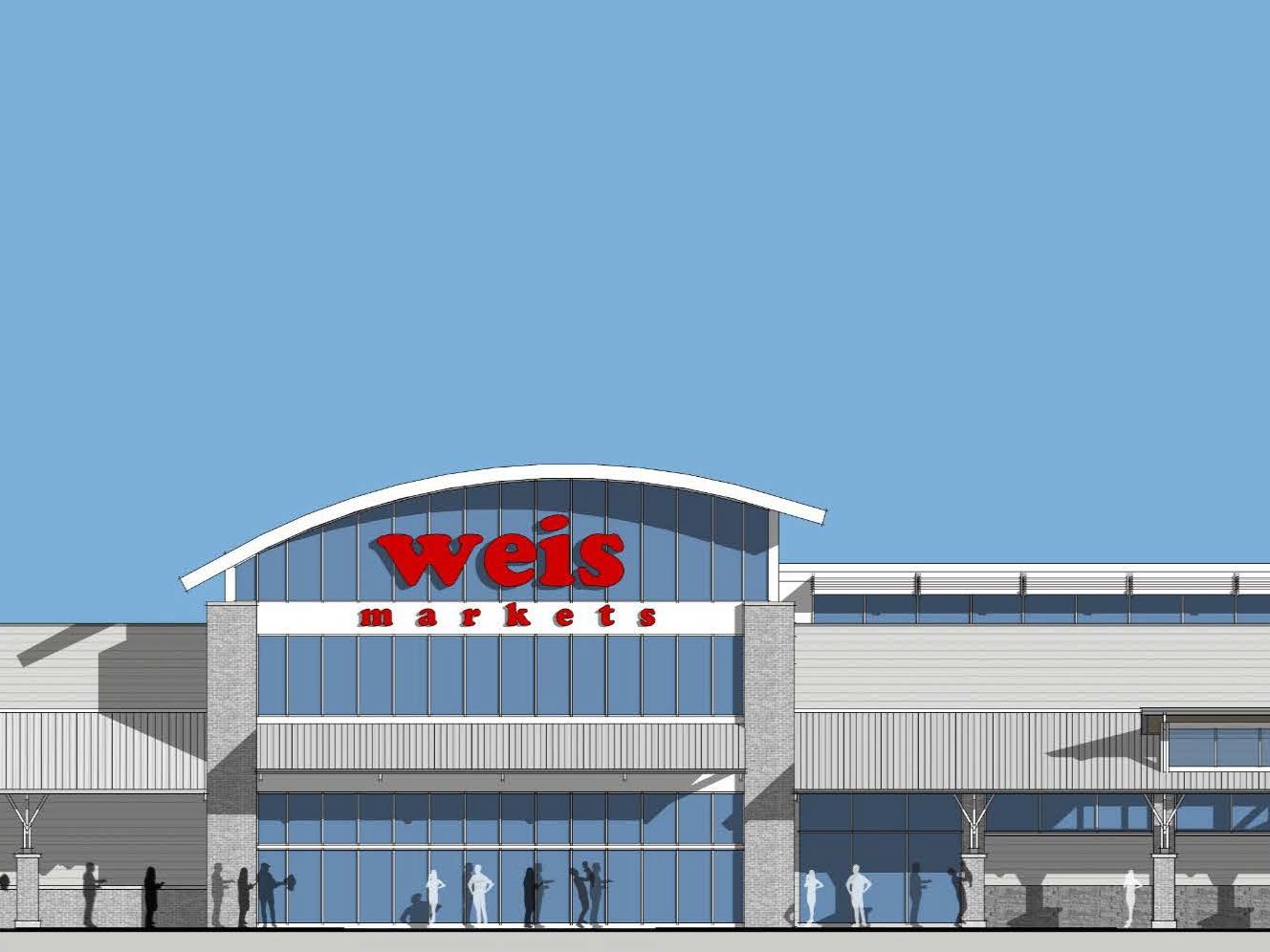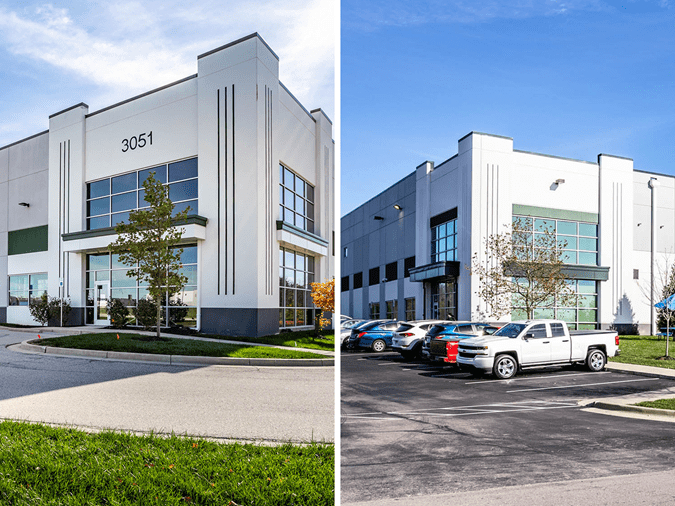Why Location Is More Important Than Ever
Using 13 economic metrics, Newmark tracked underlying fundamentals in major commercial real estate markets around the country.

Image courtesy of Gerd Altmann via Pixabay
Some sectors in some cities are bouncing back from the pandemic-induced downturn, and some are not—but they all have potential for recovery, according to the Newmark Opportunity Index.
Because every major metropolitan market operated under different health regulations during the pandemic and eased restrictions at different times, the pace of recovery has differed from city to city. Looking at 13 economic metrics, Nashville, Tampa and Dallas ranked highest on the index of economic performers, followed by Phoenix and St. Louis.
The index, however, isn’t about a guide to the best sectors in the best markets. “While it’s tempting to look at research like the index and designate certain markets as winners and losers, it’s important not to lose sight of the fact that each and every metro area and asset class presents its own opportunities,” Sandy Paul, senior managing director of national research with Newmark, said in a prepared statement.
Delving into the real estate market, the office sector began to feel the impact of the pandemic in March 2020 and the trouble showed in the vacancy rate of 13 percent in the first quarter of the year. The toll of a full year of the health crisis became more evident a year later as the vacancy rate rose to 15.8 percent in the first quarter of 2021.
READ ALSO: What’s Keeping CRE Executives Up at Night
And while the pandemic-sparked trend of remote work impacted most office markets across the U.S., gateway cities experienced the greatest resulting blow to the office sector. Per the index, the list of top 5 office performers didn’t include the flashy global markets of New York or Los Angeles, but instead it was headed by Tampa and followed by Miami, Dallas and Minneapolis, with Philadelphia and St. Louis tying for fifth place.
While the office sector suffered during the pandemic and is now working to claw its way back, the industrial sector thrived with the growth of e-commerce, and remains robust. Not only did demand for industrial go on the upswing, but rents and sales volume in the sector rose as well. The trend was most pronounced in Boston, with Atlanta, Philadelphia, Tampa and Dallas completing the list of the leading industrial markets.
Don’t give up on the gateways
High population density rendered gateway cities more vulnerable to the consequences of the pandemic—and thus, resulted in slower rebounds, the Newmark report noted. However, there are a host of big-city traits that serve as a solid foundation for recovery and new investment opportunities.
“There are numerous reasons the U.S. gateway markets have historically been and will remain prime targets for commercial real estate investment. These include the unparalleled valued of an educated workforce, the desire of young people to be near peers and culture, and the historical stability and appeal of gateway markets for attracting capital,” according to the Newmark report.
READ ALSO: Can CRE Investment Rebound in H2?
Los Angeles, for example, recorded negative net absorption in its industrial sector in 2020; however, at 1.6 percent, the supply-constrained market boasts the lowest industrial vacancy rate in the country. Additionally, metropolitan Los Angeles will remain an industrial investor favorite given the area’s concentration of workforce talent, cultural attractions and its hosting of one of the busiest ports in the U.S., the Port of Los Angeles, and close proximity to another one of the busiest ports in the country, the Port of Long Beach.
“While some of the macro challenges facing the CRE space—the speed at which workers return to the office, consumers’ increased proclivity for e-commerce—are seen across the country, many other key issues and opportunities are unique to specific markets,” Jimmy Hinton, an executive vice president with Newmark, said in prepared remarks.
“With the vaccination rate increasing and people returning to a more normalized life, the economy is rapidly gaining momentum, and a deep understanding of market fundamentals can help investors make more informed decisions about where to allocate their capital,” Hinton added.







You must be logged in to post a comment.